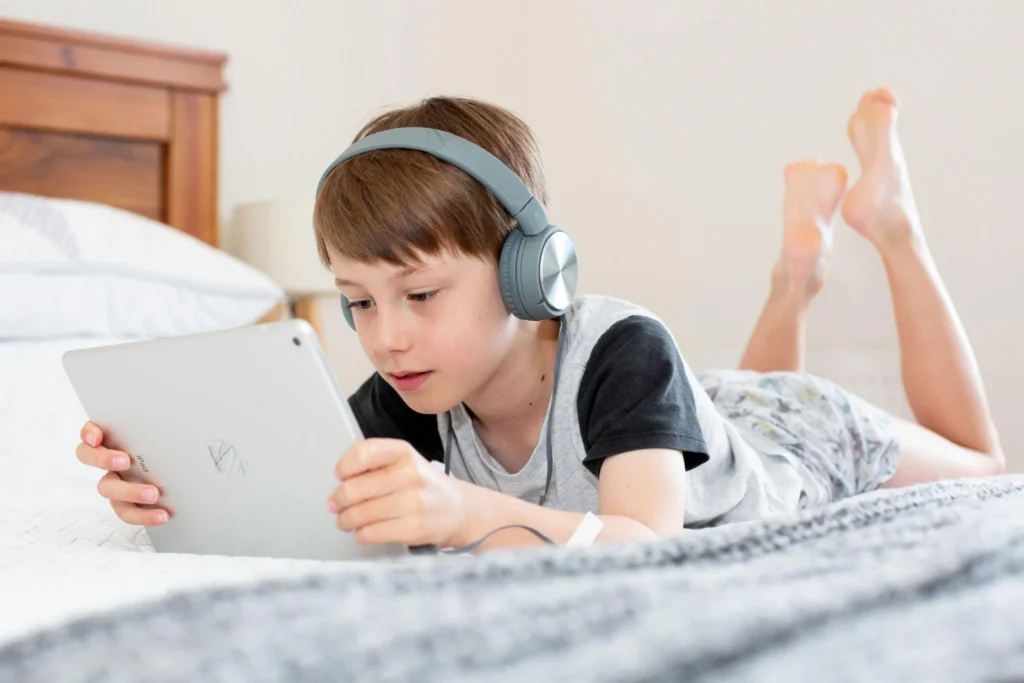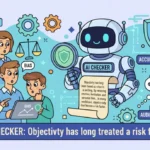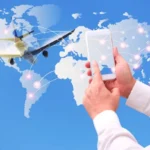Everything from waking up in the morning to planning a night routine is guided through modern technology. Global communication makes it easy to meet new people, explore dating platforms, and even start cross-border relationships. Many users form romantic connections through international apps and meet beautiful Brazilian ladies to enjoy messaging, video calls, or cultural exchange.
Technology made routines faster and more convenient. People expect instant responses, accurate information, and immediate access to entertainment. This level of convenience creates new habits that shape how individuals move through each day.
Communication Habits
Messaging apps such as WhatsApp, Telegram, and Facebook Messenger replaced long phone calls. People now maintain relationships through short, frequent messages. Emojis and voice notes express feelings that once required longer conversations.
Video platforms like Zoom, FaceTime, and Google Meet allow face-to-face interaction without travel. Families celebrate holidays through virtual calls, and friends share daily moments through quick video messages. These habits make personal communication constant throughout the day.

Dating habits changed through technology as well. Apps like Tinder, Bumble, and Hinge allow users to meet new people across cities, countries, and time zones. Video chats often serve as modern first dates, and matchmaking algorithms suggest partners based on shared interests and behavior patterns.
Engage, explore, and enrich your mind with our Related Posts today!
Smart Homes in Daily Life
Smart home systems influence how mornings and evenings unfold. Devices like Amazon Echo and Google Nest respond to voice commands, manage reminders, and control the environment. Users wake up with automated alarms, preset lighting, and morning music playlists.
Home security became more active and personalized. Smart doorbells and cameras send phone alerts when someone approaches a door. These habits create a sense of awareness and control that previous generations did not experience.
Work Routines and Productivity
Remote work expanded through platforms such as Slack, Trello, and Google Drive. Many employees organize their workdays through notifications, shared documents, and virtual meetings.
Teams brainstorm through Zoom calls, share progress in Slack channels, and manage projects through Trello boards that update in real time. This flexibility reduces commuting time and increases focus on digital communication while allowing people to work from homes, cafés, or co-working spaces that fit their lifestyle.
Daily productivity depends on planning apps that structure routines. People rely on task managers such as Todoist or Notion to outline priorities, assign deadlines, and break large projects into smaller steps. Digital reminders replace paper calendars and encourage consistency by sending alerts before every meeting or task.
Health and Fitness Habits
Wearable devices guide health routines through constant tracking. Apple Watch and Fitbit monitor steps, heart rate, and sleep cycles. These tools encourage people to move more and reach daily activity goals through notifications and rewards.
Home fitness apps expanded access to guided workouts. Peloton, Nike Training Club, and YouTube instructors support consistent training without gym memberships. These habits make exercise more accessible for busy schedules.
Entertainment and Free Time
Streaming platforms changed evening routines by replacing scheduled television with on-demand viewing. Netflix, Hulu, and Disney Plus offer large content libraries that viewers can browse instantly, which removes the need to wait for specific airtimes.
Many people end their day by scrolling through options and selecting shows or movies based on mood, genre, or trending categories. Recommendation engines analyze past viewing habits and suggest new titles, which influences what people discover and reduces the time spent searching for something to watch.
Short-form content also fills daily gaps in free time. Platforms such as TikTok, Instagram Reels, and YouTube Shorts deliver quick videos designed for fast consumption. Users watch clips while waiting in line, riding public transportation, or eating lunch.
Gaming expanded leisure options as well. Online multiplayer games like Fortnite and Call of Duty create social environments where players interact through headsets and form friendships across different countries.
Casual mobile games also shape routines, with users playing titles such as Candy Crush or Wordscapes during small breaks. Music streaming platforms like Spotify and Apple Music influence background habits by providing playlists for workouts, commutes, and relaxation. These tools personalize entertainment and make it accessible at any moment with a tap or swipe.
Shopping and Household Management
Online shopping simplified errands and changed daily and weekly planning. Grocery and delivery apps reduced time spent in stores.
Common shopping routines transformed through:
- Amazon one-click ordering for essentials
- Instacart and Walmart grocery delivery for weekly food planning
- Subscription models for household products
- Meal delivery through Uber Eats, DoorDash, and Grubhub.
Users now manage household tasks with mobile dashboards. Smart refrigerators track expiration dates and suggest grocery lists. Digital receipts and order histories simplify budgeting and organization.
Navigation and Transportation
GPS tools like Google Maps and Waze guide daily travel and influence decisions before drivers even leave their homes. These apps calculate the fastest routes, provide real-time traffic updates, and alert users to accidents, speed checks, and road closures. Turn-by-turn instructions help drivers stay focused and avoid last-minute confusion. This reduces stress during commutes and increases punctuality for work, school, and personal appointments.
Navigation habits extend beyond driving. Public transit apps such as Moovit and Transit show bus and train arrival times, delays, and platform changes. Travelers plan morning schedules more accurately and reduce waiting time at stations. These tools make cities feel easier to navigate, especially for tourists or new residents.
Learning and Personal Growth
Online learning platforms allow people to study any subject at any time. Coursera, Udemy, and Khan Academy make education part of daily routines. Students review lessons during commutes, and adults learn new skills in the evening.
Search engines and digital libraries make information immediately available. A curiosity that once required library visits now takes seconds to explore through Google.
Challenges of a Connected Lifestyle
Technology offers convenience while creating pressure to remain constantly available. Frequent notifications interrupt focus, and heavy screen time affects sleep quality. These habits require discipline and intentional balance.
Digital life provides comfort, communication, and entertainment, but the modern pace makes it important to disconnect with purpose. Setting notification limits, creating device-free hours, and prioritizing real-world interaction can protect mental clarity and emotional well-being. A connected lifestyle can remain healthy when people control their technology use instead of allowing technology to control their routines.
Keep scrolling, keep learning—Explore More and stay inspired at Management Works Media!






